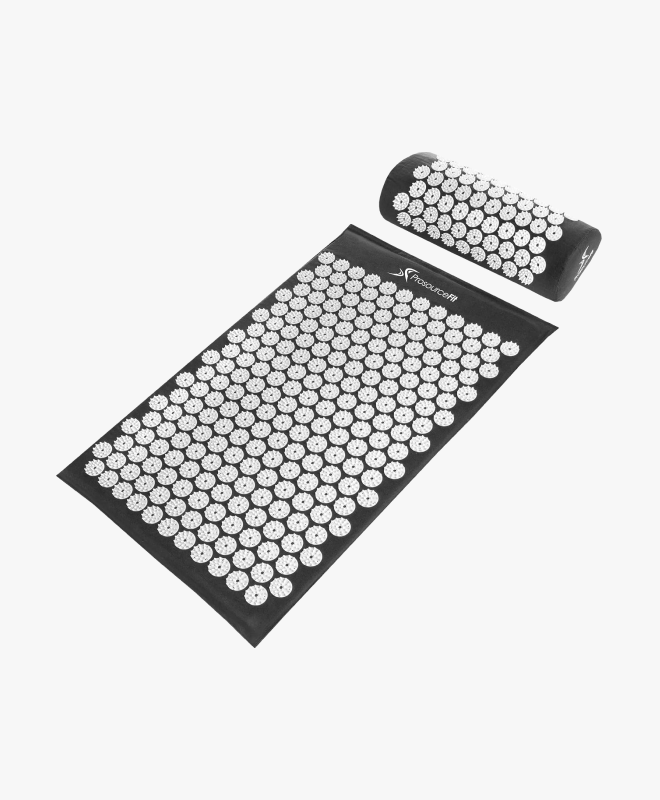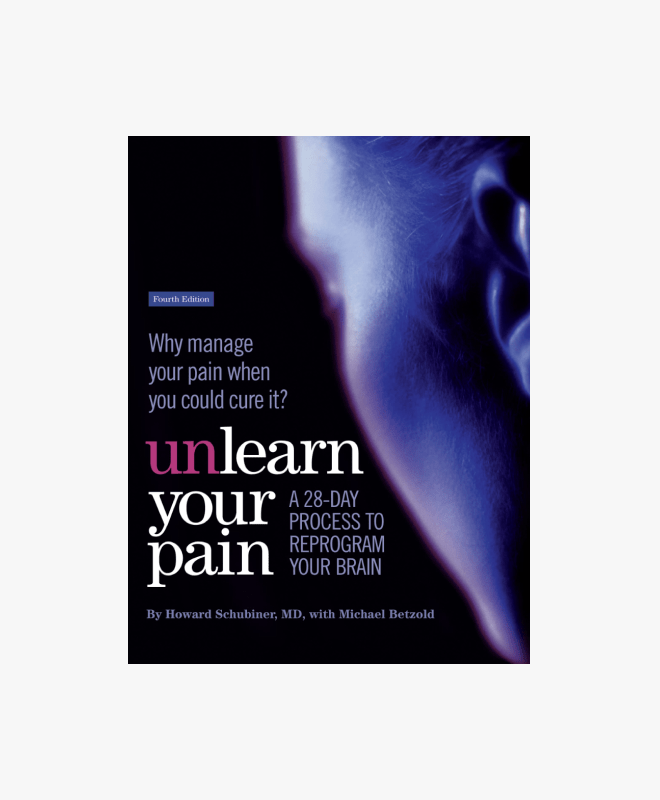According to my shopping history, I have tested 13 different ice pack brands since my chronic pain started, so trust me when I say these Magic Gel ice wraps are The Best for calming stress-induced aches—no rips, leaks, or disappointingly fast melting times. I have four of them in my freezer right now, and I love velcroing them around my lower back, glutes, shoulders, and neck to cut through the pain and help me focus on my work during high pain days.
10 Products I Swear By For Soothing My Stress-Induced Body Aches
Consider me your resident “ouch” expert.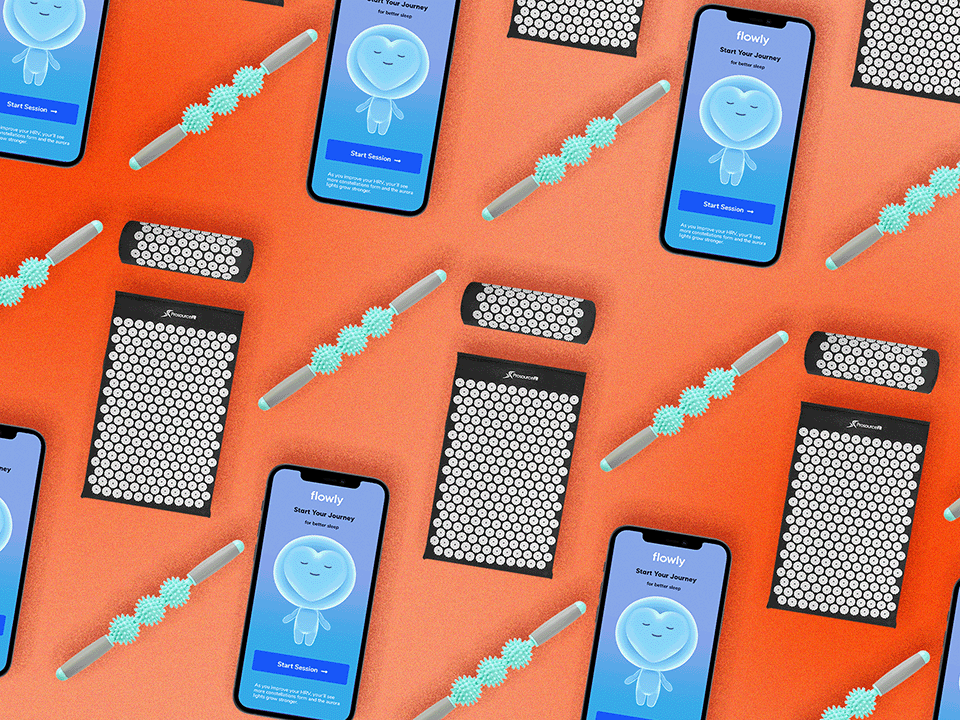
Raise your hand if you were always the kid with a stomach ache at a sleepover, or the college student with a headache and back pain every finals week. Or, if you’re like me (yes, both of my hands are currently raised), you’ve been unlucky enough to experience the gamut of anxiety-induced physical symptoms throughout your life, including chest pains, stomach pains, muscle spasms, and full-body aches.
Like many chronic pain sufferers, my mental health is a direct pipeline to my physical health, with my body acting like a barometer for my emotions. Maybe this is something you’ve experienced during hard times too.
When we’re stressed out, our muscles tense up and the stress hormone cortisol rises, which can lead to pain and inflammation over time. “Our body can develop physical symptoms in response to stressors,” says licensed clinical psychologist Anna Redmond, PsyD. “[Usually] once the stress is over, we can get our symptoms under control again, but for others, it may start to interfere with daily life because they become more frequent, chronic, or severe.” In short: it’s not fun.
How to deal with stress-induced pain
If you’ve gotten a clean bill of health from your primary care physician and you’re still experiencing stress-induced or unexplained pain, you may want to work with a licensed mental health provider who specializes in chronic pain relief.
Healthy coping mechanisms—like meditation, diaphragmatic breathing, therapy, goal setting, challenging negative thoughts, and working with a therapist to better understand your pain triggers—have been shown to decrease chronic pain symptoms, explains licensed clinical psychologist Nina Polyné, PsyD.
Of course, this work can take time and may not offer you the immediate relief you need if you’re currently in the throes of widespread body pain. That’s why I also put together the below arsenal of tried-and-true pain relief tools that help soothe my aching body and distract my stressed-out brain when I’ve hit my breaking point.
Remember: None of these products are meant to treat chronic pain. If you’re looking to do that, checking in with a licensed mental health professional or your primary health care provider is key.
-
 1.Amazon
1.Amazon -
Anyone who knows me knows about My Mat—how I desperately need My Mat, love My Mat, and yearn for My Mat when I’m away. This acupressure mat has been my go-to source of relief since my chronic pain started, and I’ve spent most of my year leaning and laying against these prickly, somewhat painful spikes, just to distract my brain from focusing on the widespread aches.
-
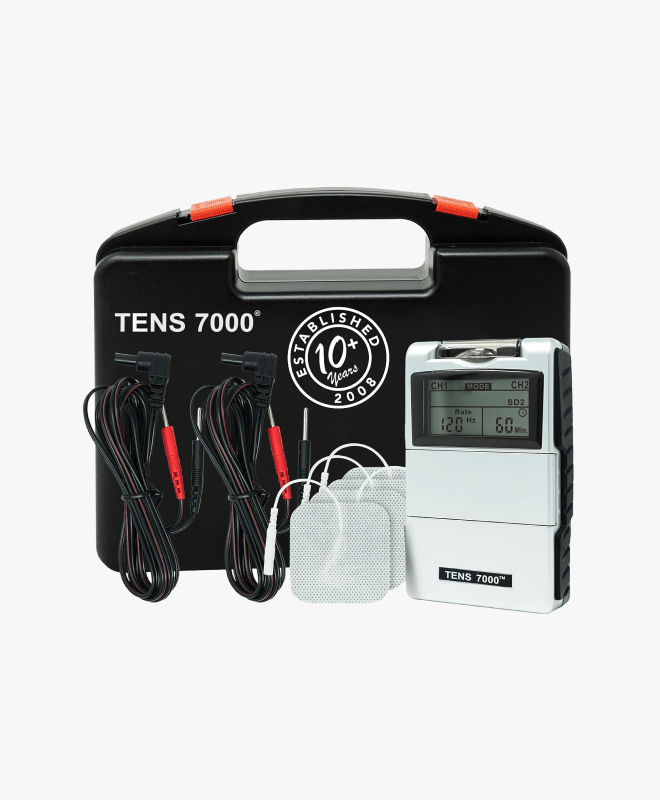 3.Amazon
3.AmazonTENS 7000 Digital TENS Unit
$36.49Let me clarify something first: Despite their popularity, TENS units have not been proven to treat or cure someone’s chronic pain. In fact, a 2014 systematic review on the efficacy of TENS therapy for pain relief highlighted a lack of convincing data, but suggests that TENS therapy may be helpful in soothing certain pain conditions when used at certain intensities. Basically, it’s a your-mileage-may-vary treatment.
But what I do like my TENS machine for is a counter-stimulation tool. Counter-stimulation is a technique that uses distracting stimuli (like vibration, massage, heat, cold, etc.) to temporarily distract your brain from pain. We all do counter-stimulation naturally, like rubbing your elbow after hitting it on a door frame, and I’ve found it to be the quickest and easiest way to get some relief when my brain is screaming for help.
I just stick the reusable electrode patches on my aching muscles, turn on the unit, play around with the intensity of the stimulation, and live my life. The vibrations and contractions help to redirect my mind, so I’m free to focus on anything other than the pain.
-
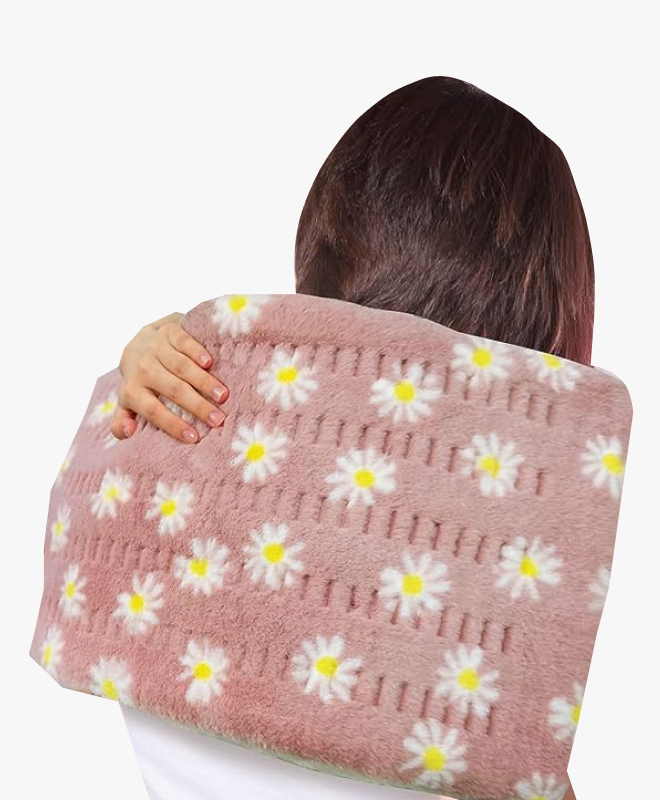 4.Amazon
4.AmazonGOQOTOMO Flower Heating Pad
$29.99I have two of these heating pads—one for my couch, and one for my bed—and they’re basically my security blankets for tummy cramps, stomach aches, and nausea. They’re cute (and come in bright blue and muted teal, if you’re not a floral fan), fuzzy, machine washable, and can reach super hot temps, so I can get some actual pain relief, rather than just lukewarm distraction.
-
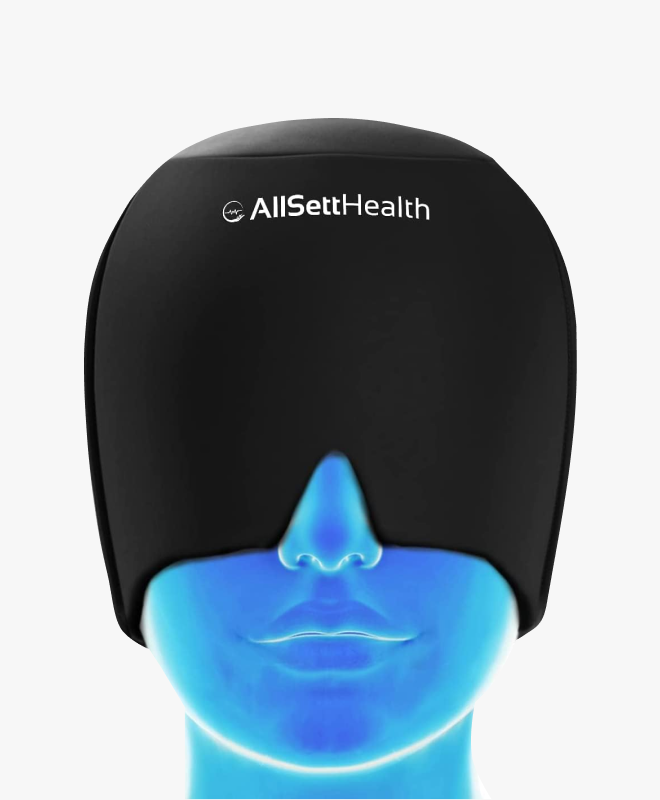 5.Amazon
5.AmazonYes, I bought the TikTok-viral headache cap, and yes, it has truly changed my stress-filled life. I have a bad habit of trying to “escape” my anxiety and pain by scrolling endlessly through social media, which inevitably leads to a tension headache. I then try to ignore said headache by watching more TikToks, creating a vicious pain cycle. Truly a 2023 problem.
But this squishy headache cap (which can be used hot or cold) slips over my eyes like a weighted blanket, enveloping my head in chilly or warm goodness that’s incredibly disarming—in the best possible way. When I feel myself spiraling, I lay on the couch, slide on this cap, and do some meditative belly breathing for 15 minutes to help reset myself.
-
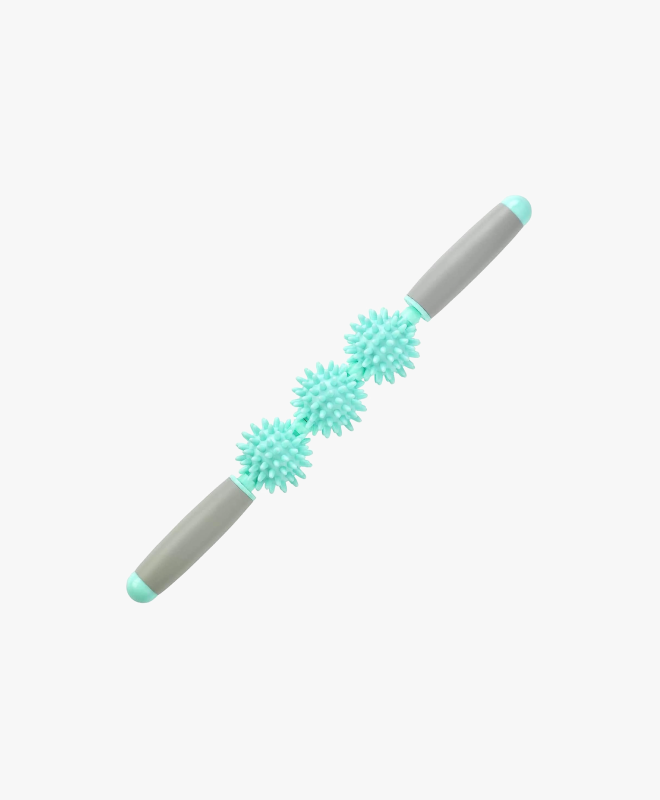 6.Amazon
6.AmazonAs someone who has always preferred a heavy-handed, deep tissue massage, I like to approach my tight, tense muscles the same way: with a heavy hand and a spiky roller. This stick is equipped with three spiky balls that I roll, rub, and dig into my thighs, glutes, and arms every night to help massage my achy muscles without having to leave my house.
-
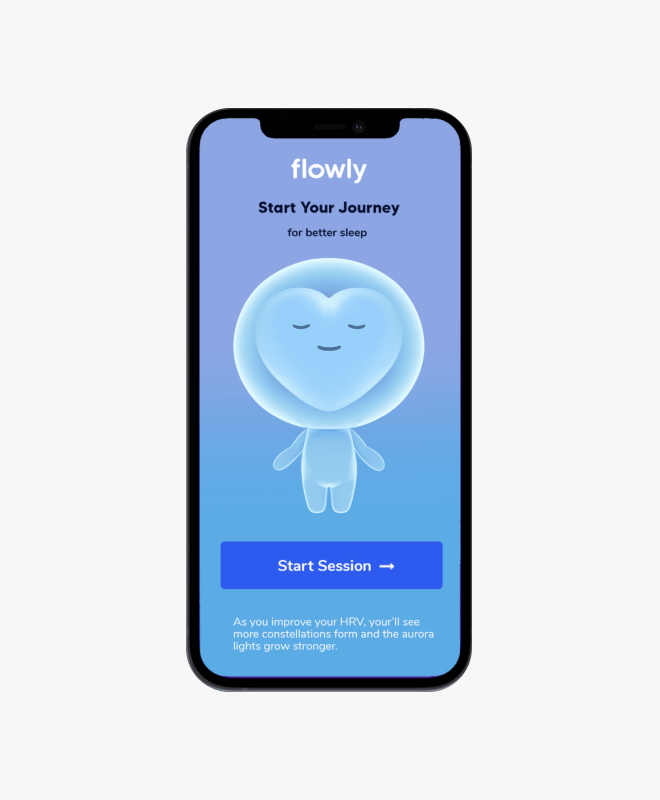 7.Flowly
7.FlowlyFlowly App
$44.99I’ve been a consistent user of Flowly for over a year now, and it has taught me how to calm my nervous system better than any other breathing app. It uses a tiny heart-rate monitor that attaches to your ear or finger, along with a virtual reality headset (though I prefer to use my phone instead) to help you manage chronic pain, anxiety, and insomnia through biofeedback— a technique using real-time data to teach you how to self-regulate your heart rate and breathing patterns.
In short, Flowly is a tech-y way of doing diaphragmatic breathing, which has helped my data-driven soul to stay consistent with the habit, even when my brain and body are in major fight-or-flight mode.
-
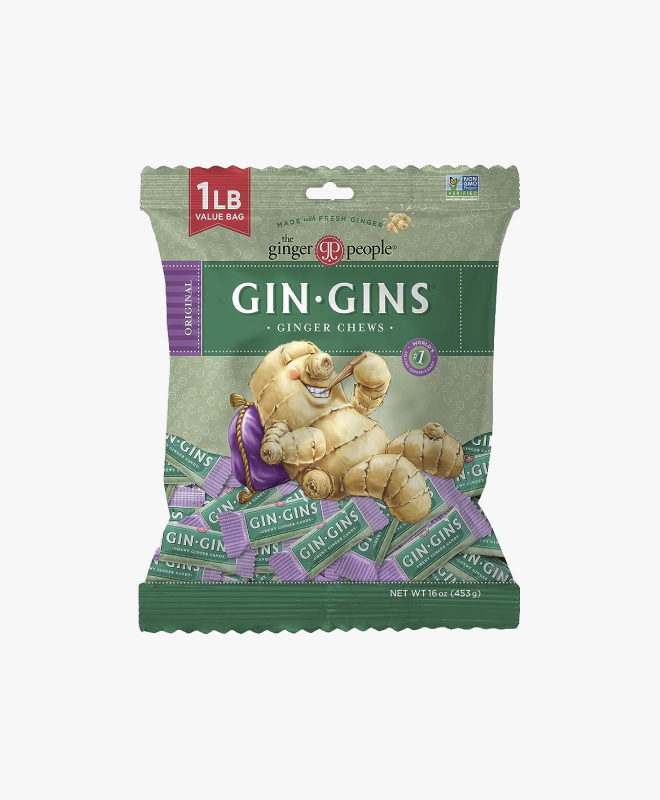 8.Amazon
8.AmazonI think I’ve eaten about a million of these ginger chews since high school to help soothe my stress-induced nausea. Not only are they made with real ginger (which research has consistently shown to be effective in calming nausea), but they also have a sharp, spicy bite to them, which helps to temporarily pull my focus from my stomach so I can snap back into the present. I keep a handful of these chews in my purse, car, desk, and nightstand for whenever my brain and tummy decide to team up again.
-
Before reading this book, I had never been able to stick with a self-help book—probably because I’d rather avoid my stress and pain than actively read about it. But this workbook is filled with study after study illustrating just how powerful our brains are, especially when it comes to creating and enforcing pain as a response to trauma. Reading this book has helped me feel less alone and terrified, while also giving me concrete tools to learn how to become indifferent to my pain, rather than just feeling helpless.
-
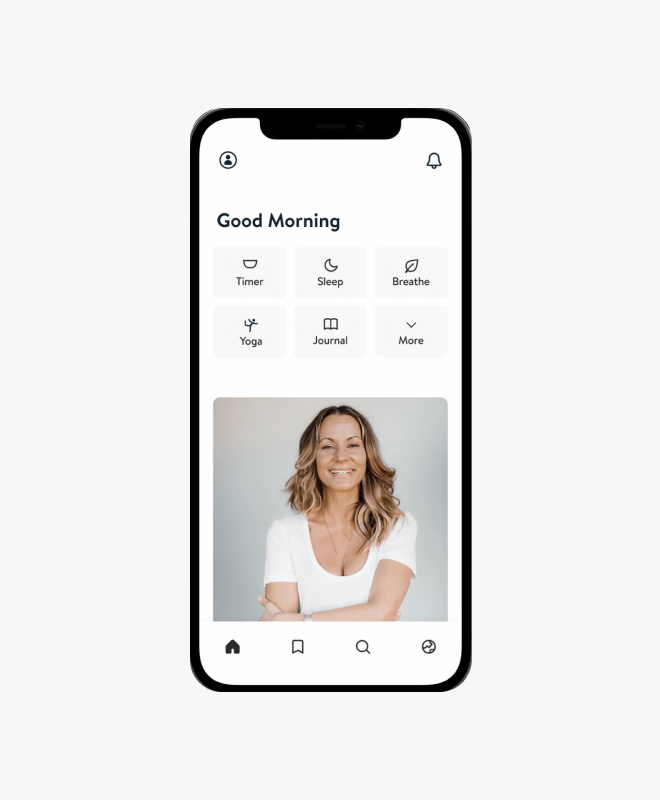 10.Insight Timer
10.Insight TimerMy pain tends to feel the worst in the mornings, which means I have to actively work against the depression spiral before it takes over my day. One of the best changes I’ve made to my morning routine is doing a quick five-minute breathing session with this Insight Timer app—which also happens to be a favorite of Dr. Polyné’s. It has a mix of no-frills timers and free guided meditations, which is all I need when I’m doing my diaphragmatic belly breathing.
“Through awareness of our breath, we can create deep, slow, expansive abdominal breaths that lower our heart rate, activate the vagus nerve, and reroute us back to the present moment,” says Dr. Polyné.
Wondermind does not provide medical advice, diagnosis, or treatment. Any information published on this website or by this brand is not intended as a replacement for medical advice. Always consult a qualified health or mental health professional with any questions or concerns about your mental health.
